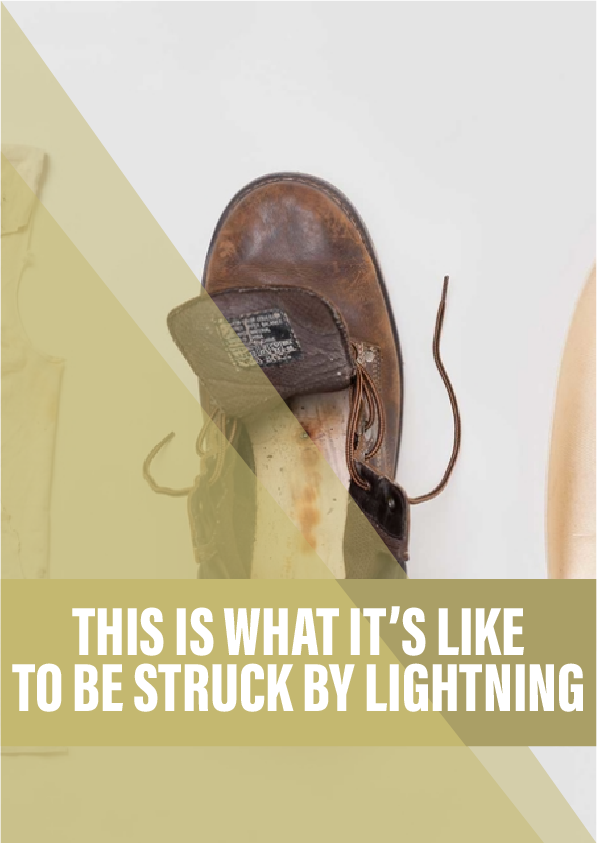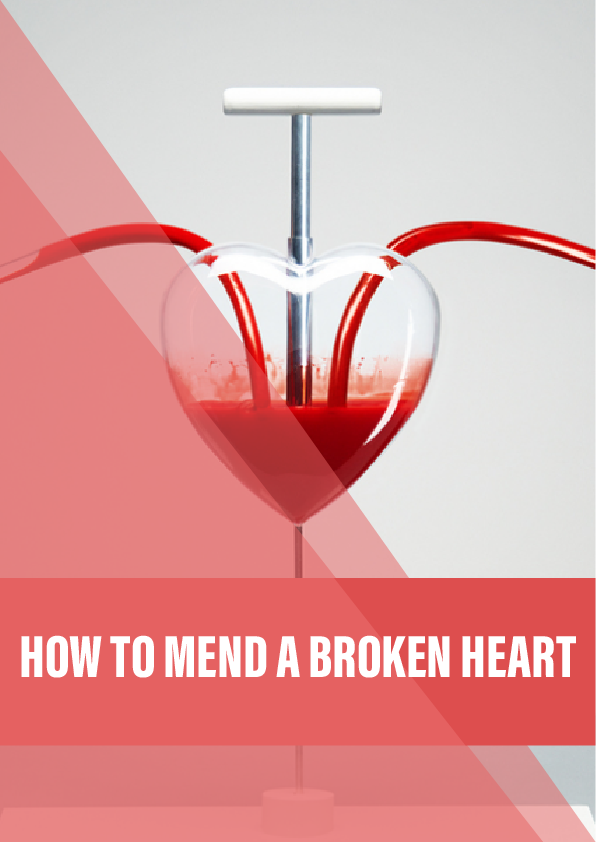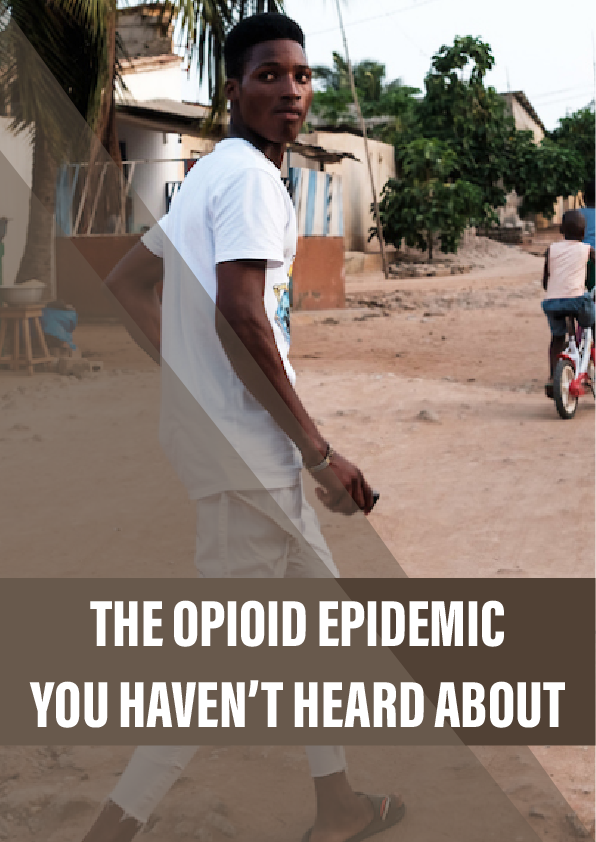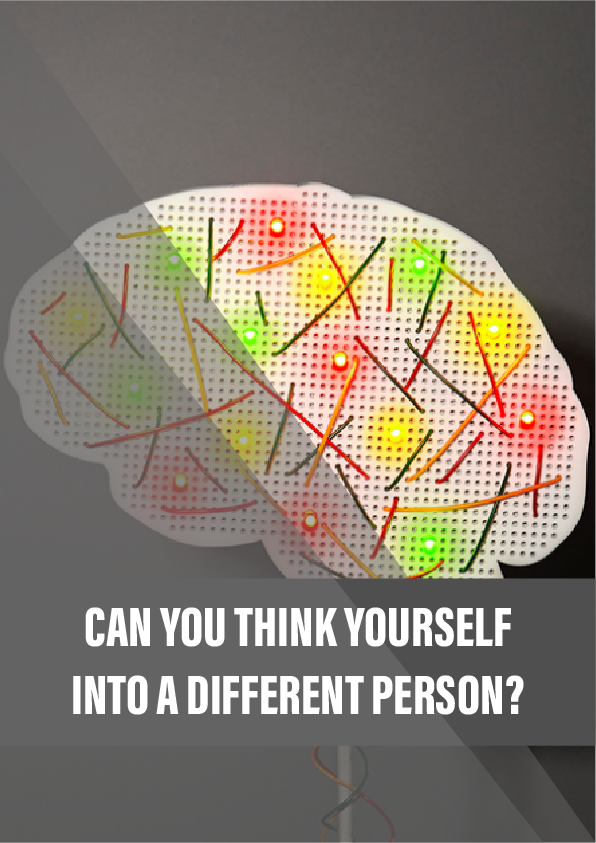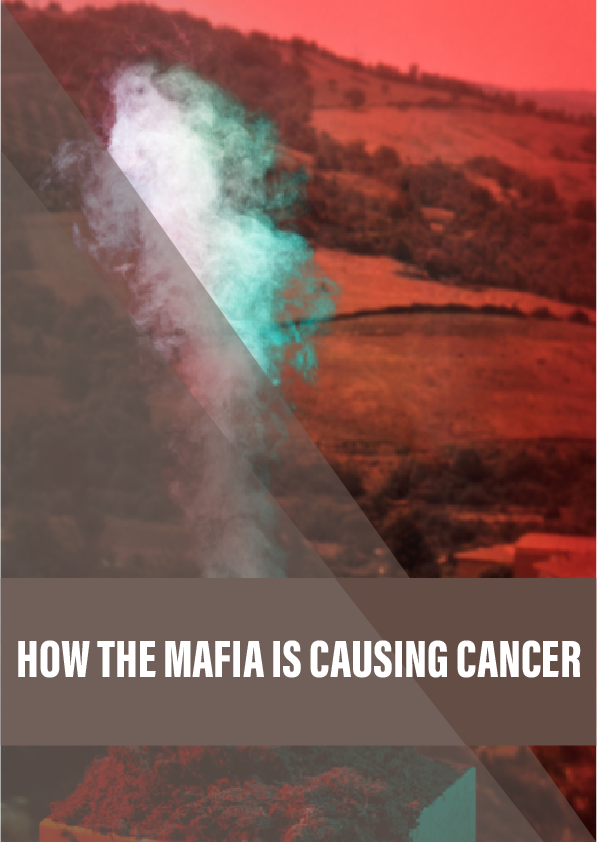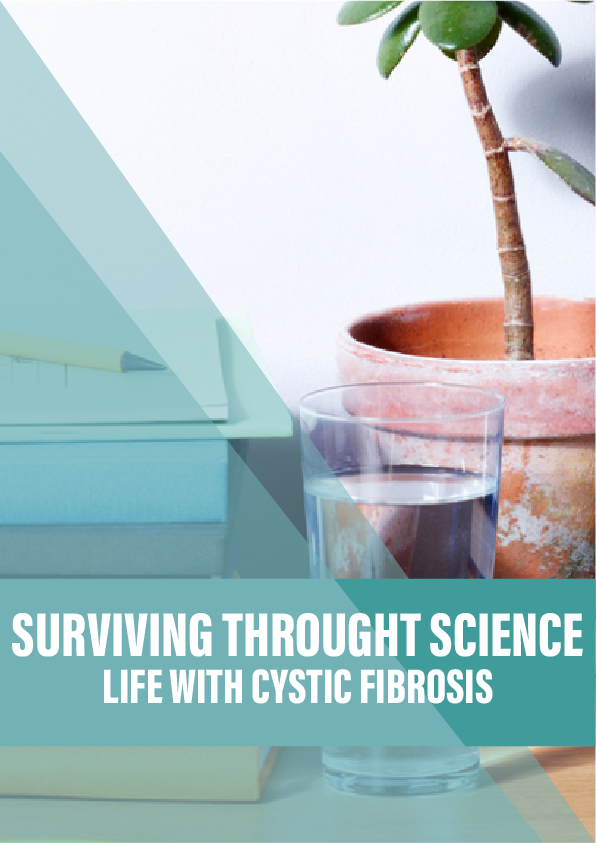If you’re hit by lightning, there’s a nine in ten chance you’ll survive. But what are the lasting effects of being exposed to hundreds of millions of volts? Charlotte Huff investigates.
ometimes they’ll keep the clothing, the strips of shirt or trousers that weren’t cut away and discarded by the doctors and nurses. They’ll tell and retell their story at family gatherings and online, sharing pictures and news reports of survivals like their own or far bigger tragedies. The video of a tourist hit on a Brazilian beach or the Texan struck dead while out running. The 65 people killed during four stormy days in Bangladesh.
Only by piecing together the bystander reports, the singed clothing and the burnt skin can survivors start to construct their own picture of the possible trajectory of the electrical current, one that can approach 200 million volts and travel at one-third of the speed of light.
In this way, Jaime Santana’s family have stitched together some of what happened that Saturday afternoon in April 2016, through his injuries, burnt clothing and, most of all, his shredded broad-brimmed straw hat. “It looks like somebody threw a cannonball through it,” says Sydney Vail, a trauma surgeon in Phoenix, Arizona, who helped care for Jaime after he arrived by ambulance, his heart having been shocked several times along the way as paramedics struggled to stabilise its rhythm.
Jaime had been horse-riding with his brother-in-law and two others in the mountains behind his brother-in-law’s home outside Phoenix, a frequent weekend pastime. Dark clouds had formed, heading in their direction, so the group had started back.
They had nearly reached the house when it happened, says Alejandro Torres, Jaime’s brother-in-law. He paces out the area involved, the landscape dotted with small creosote bushes just behind his acre of property. In the distance, the desert mountains rise, rippled chocolate-brown peaks against the horizon.
Reference:
- Five ways that lightning strikes people.
- A research analysis by Ron Holle that breaks down lightning fatalities by country.
- Holle’s outline of how likely you are to be affected by lightning in the US.
- The African Centres for Lightning and Electromagnetics Network, the non-profit organisation striving to protect schoolchildren in Africa from lightning.
- A presentation highlighting how disability, not death, is the more common outcome of being struck by lightning.
